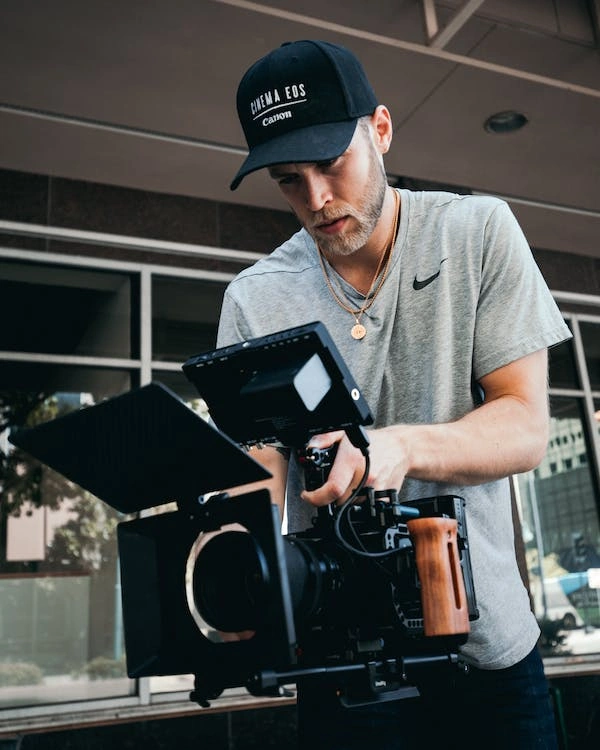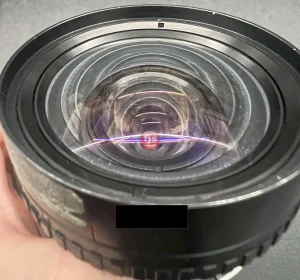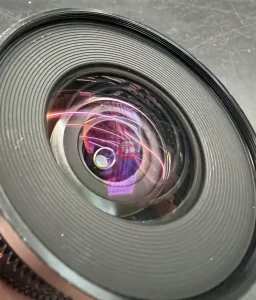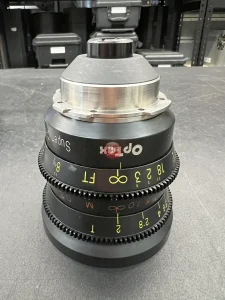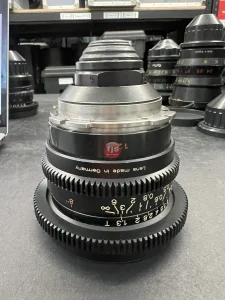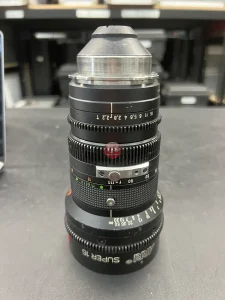Imagine sculpting light itself, bending it to your will like a cinematic alchemist. With iris control, you wield this very power, transforming the aperture of your lens to manipulate brightness, depth of field, and the overall aesthetic of your footage. Let’s delve into the magic of iris control and explore its profound impact on the quality of your storytelling:
1. Painting with Light:
- Exposure Alchemy: Control the amount of light entering the camera sensor through the aperture, adjusting brightness and mood with precision. A wider aperture lets in more light, ideal for low-light scenarios or creating airy, dreamlike atmospheres. Conversely, a narrower aperture reduces light, perfect for achieving a focused, dramatic look or isolating your subject against a blurred background.
- Consistent Storytelling: Maintain consistent exposure throughout your film, regardless of changing lighting conditions. No more jarring jumps in brightness that disrupt the flow of your narrative. Iris control becomes your brush, ensuring smooth transitions and a polished cinematic look.
2. Sculpting the Scene:
- Depth of Field Mastery: Manipulate the depth of field, the area of your image that appears sharp, with the flick of your wrist. A wide aperture creates a shallow depth of field, where your subject emerges from a dreamy blur, drawing the viewer’s eye and amplifying emotion. Conversely, a narrow aperture delivers a deep depth of field, where everything from foreground to background remains sharp, ideal for establishing shots or conveying a sense of vastness.
- Bokeh Bliss: Create those buttery smooth, out-of-focus areas known as bokeh. Experiment with different aperture shapes and lens characteristics to craft unique and aesthetically pleasing bokeh effects, adding a touch of artistic flair to your footage.
3. Unleashing Creative Expression:
- Mood and Atmosphere: Express the emotional tenor of your scene through iris control. A wide aperture can create a light and airy feel, while a narrow aperture can evoke a sense of mystery or tension. Play with the interplay of light and shadow, utilizing iris control as a storytelling tool to captivate your audience.
- Cinematic Look: Achieve that sought-after cinematic quality by mimicking the techniques of professional filmmakers. Master the art of “racking focus,” smoothly shifting the focus from foreground to background, or experiment with slow-motion iris adjustments to create dramatic reveals.
Conclusion:
Iris control is not merely a technical feature; it’s a gateway to artistic expression. By mastering its nuances, you become a conductor of light, shaping the look and feel of your footage with intention and precision. Remember, the journey of exploration is just as important as the destination. So, grab your camera, experiment with different apertures, and discover the endless creative possibilities that lie within the iris of your lens.
Q&A:
- Is iris control difficult to learn?
While it requires practice and understanding of exposure principles, mastering iris control is a rewarding journey. Many online resources and tutorials can guide you through the process.
- Can’t I just use auto-exposure?
Auto-exposure can be convenient, but it lacks the creative control and flexibility of manual iris control. For truly cinematic storytelling and artistic expression, manual control is the preferred choice for many filmmakers.
- What kind of films benefit most from iris control?
Any genre can benefit from iris control, but it’s particularly advantageous in dramas, period pieces, and artistic auteur films where deliberate control and precise visual storytelling are paramount.

